Grand Magasin Lotte (Jeonju) (롯데백화점-전주점)
2.4Km 2024-04-07
2, Ongoeul-ro, Wansan-gu, Jeonju-si, Région Jeonbuk
+82-63-289-2500
Le Grand Magasin Lotte de Jeonju propose 500 marques de luxe coréennes et étrangères pour une excellente expérience de shopping. Il dispose également de plus de 130 spécialistes donnant des cours au centre culturel, d'un cinéma ultramoderne de 8 salles, d'un sky park, d'un parking, d'une aire de repos et d'un coiffeur pour les enfants, d'un esthéticien et bien d'autres.
Il est ouvert de 10h30 à 20h00, plus tard les vendredis, samedis, et dimanches et est fermé un lundi par mois.
Petit supermarché Ahyeon (아현슈퍼)
2.4Km 2025-03-15
854-7, Dongseohak-dong, Wansan-gu, Jeonju-si, Jeonbuk
Le lieu est réputé comme set de tournage notamment pour son ambiance type année 1990.
Lime Hotel / 라임호텔
2.4Km 2025-03-18
13-3, Ajung 4-gil, Deokjin-gu, Jeonju-si, Région Jeonbuk
+82-63-242-7300
Lime Hotel is located in the vicinity of Eastern Jeonju IC, about 700 meters from the popular Ajung Lake Park. Modern, sophisticated interiors, and clean facilities are the hotel’s best features. Guest rooms include deluxe, premium, premium twin, lovely suite, modern suite, and body friend suite. All rooms have latex beds and 2 PCs, and they are cozy with birch interiors and gentle indirect lighting.
The lovely suite room features the elements of a hanok while the body friend suite room melts away the fatigue of travel with the finest massage chair and whirlpool bath. Breakfast is served from 7:00 am and breakfast room service is also available upon request.
It takes about 10 minutes to reach Jeonju Hanok Village, where Gyeonggijeon, and Jeondong Cathedral are located. Moreover, there are many other attractions such as Jeonju Zoo, Deokjin Park, Jeonju Hanji Museum, Jeonju National Museum, and Jeonbook Provincial Art Museum. While traveling to Jeonju, try various foods such as Jeonju bibimbap, bean sprout soup rice, rice wine, gamaek, makgeolli, and handmade beer. The southern market night market, filled with delicacies, is a very popular place these days. It is held every Friday and Saturday evening.
Hotel Sol / 솔호텔
2.4Km 2025-08-13
22-4, Ajung 2-gil, Deokjin-gu, Jeonju-si, Région Jeonbuk
+82-63-261-7000
This hotel is located 5 min from Jeonju Station by car. The exterior of the hotel is furnished with a chic grey decor, and there is a wide parking lot for the guests. There are 11 room types in total, all equipped with 50-inch smart TV and sofa, and whirlpool bathtubs with the exception of the Standard Double Room and Standard Double Circular Room. Latex beds ensure the comfort of the guests. Hotel Sol is dedicated to offering a restful stay in green nature. Terrace Spa Garden Room and Terrace Spa VIP Room, in particular, offer a comfortable garden furnished on the terrace, a space furnished with whirlpool spa and rattan furniture in a grass lawn surrounded by a screen of bamboo trees. Jeonju Hanok Rail Bike is reachable in 8 min by foot, while Jeonju Hanok Village can be reached by car in 7 min. Its location near Dongbu-daero gives it great access to Jeonju’s outskirts as well.
Parc Wansan (완산칠봉(완산공원))
2.4Km 2025-08-12
35-27, Maegok-ro, Wansan-gu, Jeonju-si, Région Jeonbuk
+82-63-220-5438
Wansan Chilbong, communément appelé le parc Wansan Gongwon, signifie “les sept pics de Wansan” (nom ancien de Jeonju). Au pic de ce lieu représentatif de Jeonju se trouve un pavillon où l'on peut admirer une vue imprenable sur cette ville à la longue histoire. Le site propose également des paysages magnifiques comme une forêt des cèdres et des sources d'eau minérale considérées comme bénéfiques pour la santé, attractions qui attirent notamment beaucoup de randonneurs.
Lac Ajung (아중호수)
2.5Km 2024-07-09
1111-5, Uadong 1ga, Deokjin-gu, Jeonju-si, Jeonbuk
Le lac Ajung désigne un large réservoir qui fut construit pour aider les productions agricoles locales avant de devenir un lieu de villégiature pour les résidents. Le lac abrite des chemins de promenade aménagés réputés notamment en soirée.
Temple Donggosa (동고사)
2.6Km 2024-04-07
San 10, Gyo-dong, Wansan-gu, Jeonju-si, Région Jeonbuk
+82-63-288-1626
Le temple Donggosa est un temple bouddhiste de l’ordre Taego, situé sur le mont Seungamsan à Gyo-dong, dans la ville de Jeonju, au sein de la région du Jeollabuk-do. La randonnée jusqu’au temple est une expérience rafraîchissante, de par l’air frais environnant et de la vue panoramique sur le centre de Jeonju depuis le temple. Les bâtisses furent construites les unes après les autres le long de la crête et sont alignées avec Daeungjeon, le bâtiment principal situé au milieu.
Le temple Donggosa est de petite taille mais fut merveilleusement décoré avec des portraits de grands moines bouddhistes défunts et des peintures bouddhistes murales réalisées sur du bois. Le chemin de randonnée à la droite du temple Donggosa mène au domaine des martyrs de Chimyeongjasan, qui accueille les tombes de nombreux catholiques, persécutés pendant la période tardive de la dynastie Joseon.
Montagne des Martyrs (Chimyeongjasan) (천주교성지 치명자산)
2.7Km 2024-04-07
103-88, Naksujeong2(i)-gil, Wansan-gu, Jeonju-si, Région Jeonbuk
+82-63-285-5755
La montagne des martyrs est l’oeuvre des catholiques persecutés de Jeonju au 18ème siècle. De nombreux martyrs y sont enterrés y compris un couple marié qui fit le voeu de rester vierge pour l’éternité. Le mari de ce fameux couple est Lee Jong-cheol, son père, un autre martyr décida qu’il devait se marier mais rester pieux et pure.
Ce sont sept personnes de sa famille qui reposent dans ce cimetière. Il existe aussi un chemin de croix et une cathédrale.
Vélo-rail du village hanok de Jeonju (전주한옥레일바이크)
2.7Km 2024-04-08
420, Dongbu-daero, Deokjin-gu, Jeonju-si, Région Jeonbuk
+82-63-273-7788
Le vélo-rail du village hanok de Jeonju permet de profiter des joies du vélo sur une voie de chemin de fer. Il se situe près du village hanok de Jeonju fréquenté par environ 1 000 personnes par an, aux alentours de la ligne fermée de la gare de Ajung. De Silli à Oemangsil (3,4km), le vélo peut circuler à une vitesse moyenne de 15-20 km/h.
Parc Deokjin (덕진공원)
3.2Km 2024-04-08
390, Gwon samdeuk-ro, Deokjin-gu, Jeonju-si, Région Jeonbuk
+82-63-239-2607
Le grand parc Deokjin (fondé en avril 1978) est un parc bien connu à Jeonju. Il est constitué d’un pavillon traditionnel, d’un marais d’iris, d’une cascade artificielle ou encore d’un pont en bois. Le parc est surtout connu pour ses fleurs de lotus, quand l’été arrive les nénuphars s’épanouissent complètement pour former un très beau paysage. A l’intérieur du parc, vous trouverez neuf sculptures commémoratives telles que ‘la sculpture pour les enfants’, ‘la sculpture Sin Seok-Jeong’, ‘la stèle de Kim Hae-kang’, ‘Jeon Bong-jun, Jang Gun-sang’, etc.
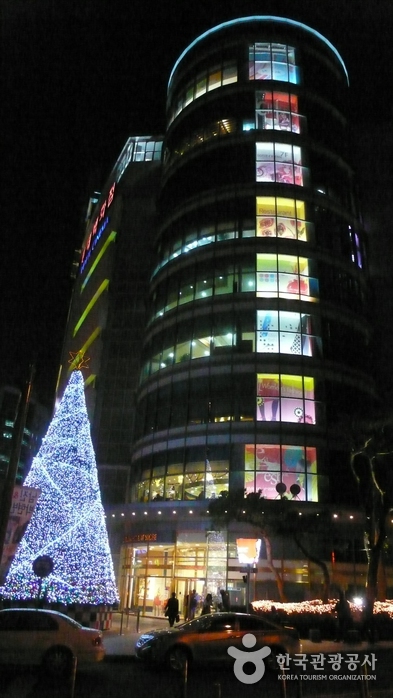
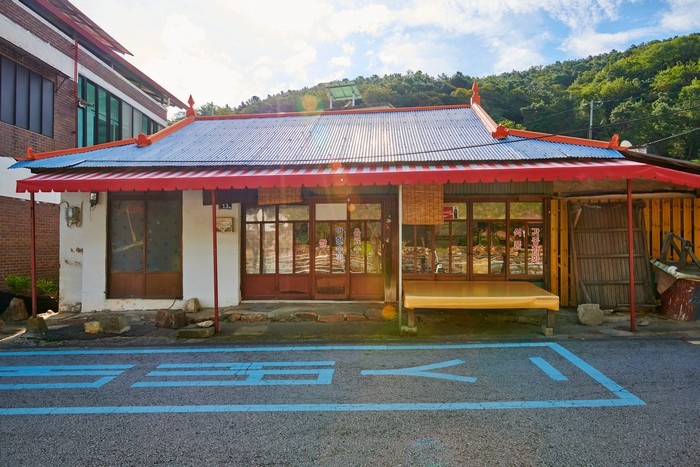
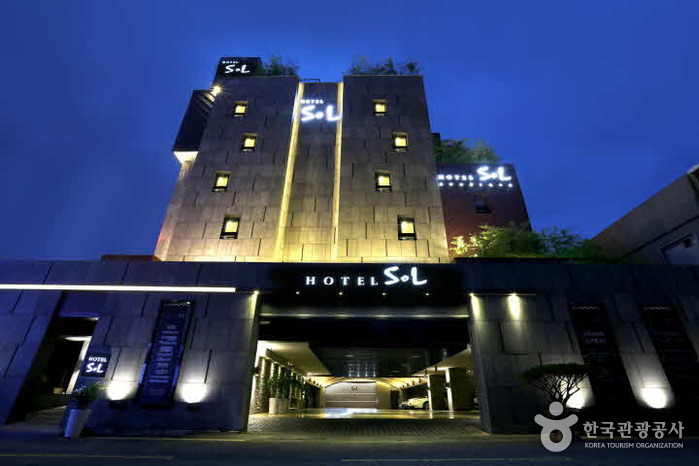
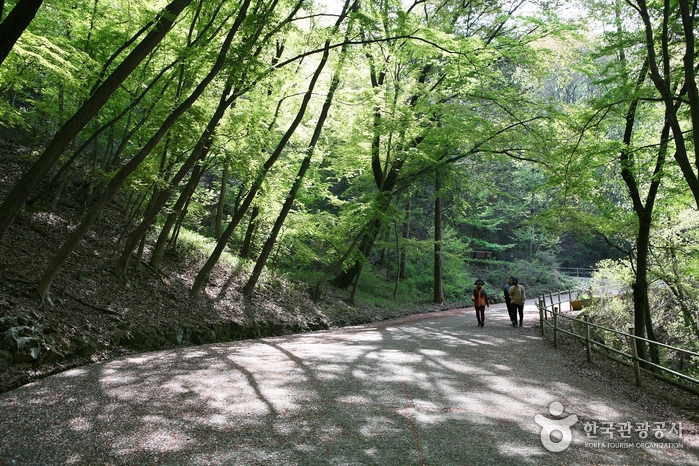

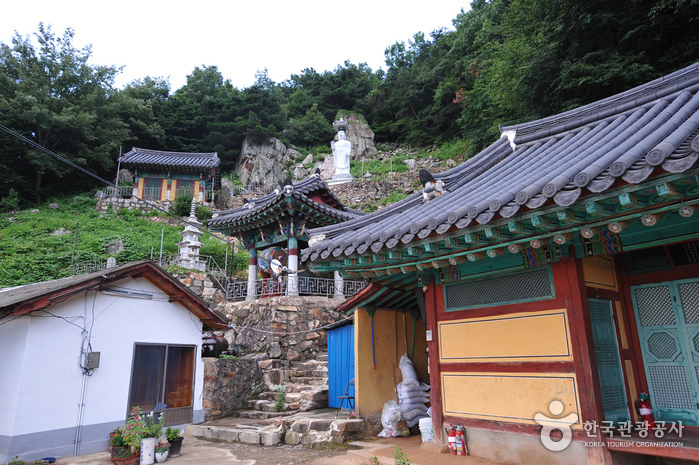
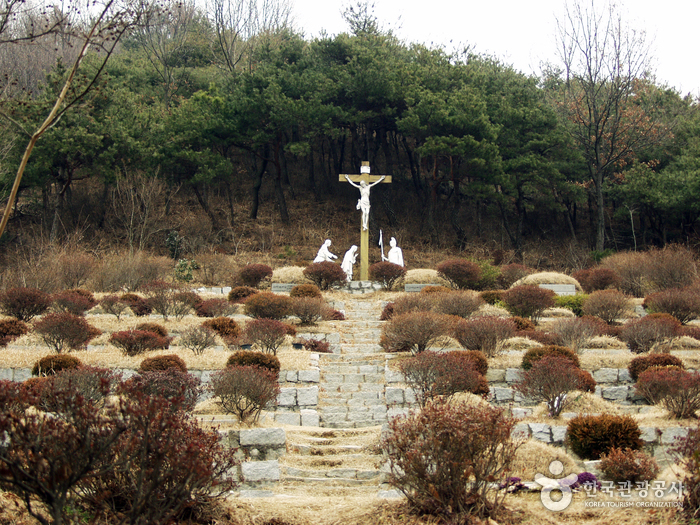
 Français
Français
 한국어
한국어 English
English 日本語
日本語 中文(简体)
中文(简体) Deutsch
Deutsch Español
Español Русский
Русский